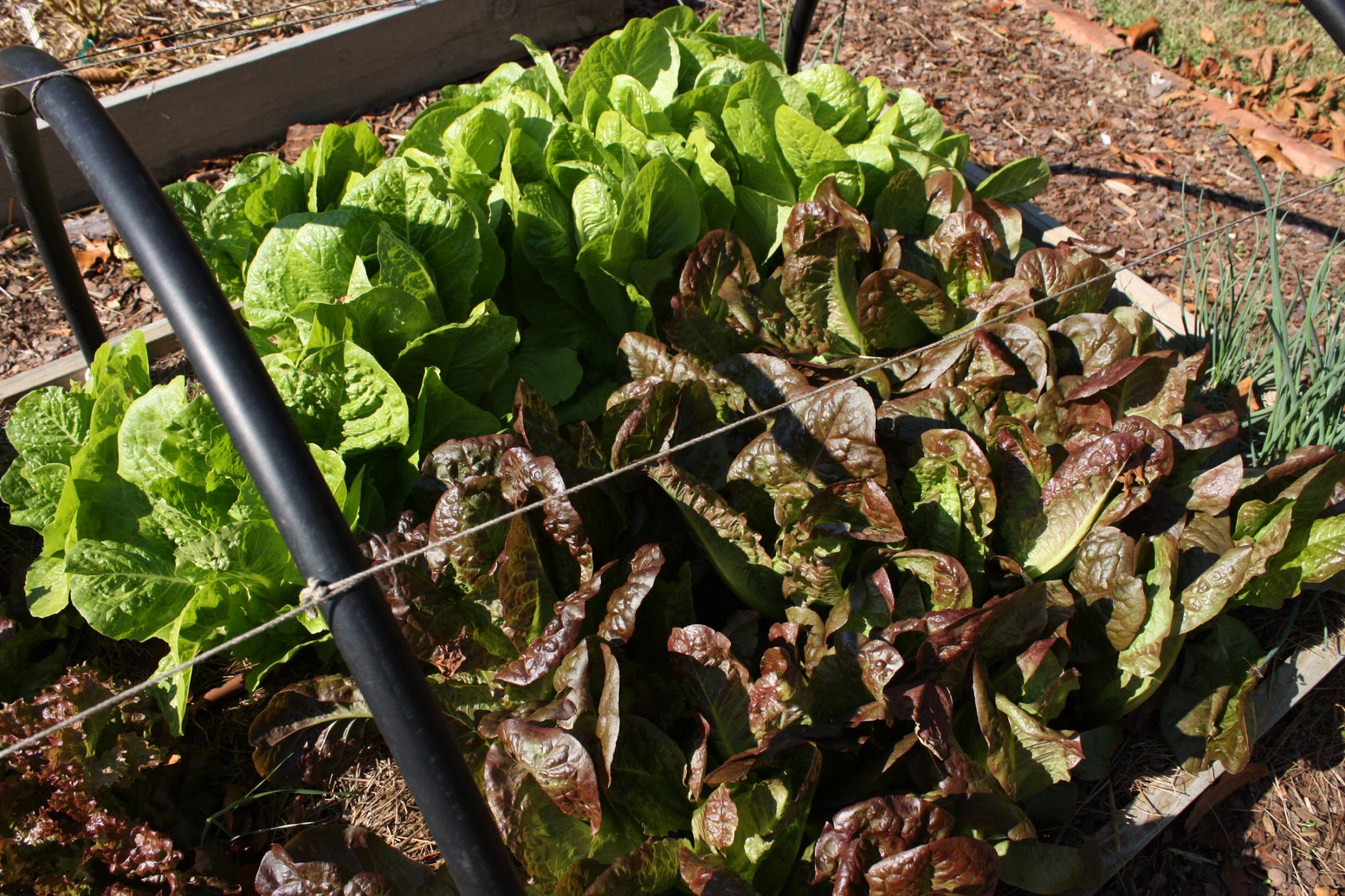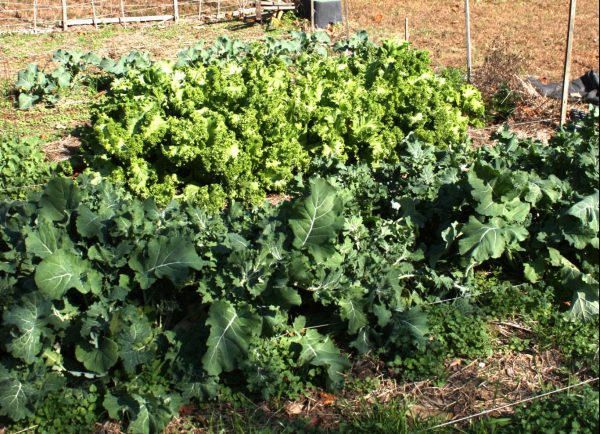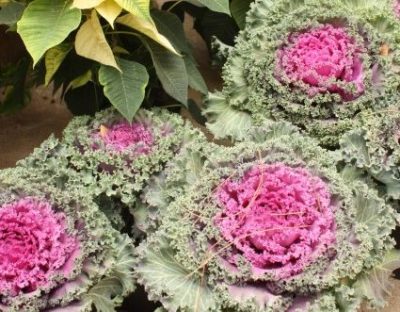Fall Vegetable Gardening Virginia Cooperative Extension Publication 426-334

Follow this planting guide for growing cooler-weather produce that thrives.
 Many vegetables are well adapted to planting in the summer for fall harvest, which will extend the gardening season so you can continue to harvest fresh produce after earlier crops have finished producing. The fall harvest can be extended even further if you protect the plants from early frosts or plant them in cold frames or hotbeds.
Many vegetables are well adapted to planting in the summer for fall harvest, which will extend the gardening season so you can continue to harvest fresh produce after earlier crops have finished producing. The fall harvest can be extended even further if you protect the plants from early frosts or plant them in cold frames or hotbeds.
Many cool-season vegetables, such as carrots, broccoli, cauliflower, and Brussels sprouts, produce their best flavor and quality when they mature during cool weather. In Alabama, the spring temperatures often heat up quickly making vegetables such as lettuce and spinach bolt or develop a bitter flavor when they mature during hot summer weather.
Growing a productive fall vegetable garden requires thoughtful planning and good cultural practices. In Alabama, August and September are the main planting times for a fall garden. Depending on your specific location, you may need to adjust the planting dates. For a more accurate planting schedule, determine the average date of the first killing frost in the fall, and then count backward from the frost date, using the number of days to maturity to determine the best time to plant in your area.
Preparing the Site
Before preparing the soil for a fall garden, you must decide what to do with the remains of the spring garden. In most cases, the decision is not difficult because the warm-season vegetables are beginning to look ragged. Remove the previous crop residue and any weed growth, and then till or spade the soil to a depth of at least 6 to 8 inches.
If the spring crops were heavily fertilized, you may not need to make an initial preplant fertilization. If not, you can apply 1 to 2 pounds of a complete fertilizer such as 10-10-10 per 100 square feet of bed space. Be sure to thoroughly incorporate the fertilizer.
Planting the Fall Garden
 Direct seeding, which involves planting seeds rather than using transplants, for crops such as broccoli, cabbage, and collards is often used in the fall. However, the success of this planting method depends on having adequate moisture available to keep the young seedlings actively growing after germination. An overhead sprinkler can help provide seeds with sufficient moisture to germinate.
Direct seeding, which involves planting seeds rather than using transplants, for crops such as broccoli, cabbage, and collards is often used in the fall. However, the success of this planting method depends on having adequate moisture available to keep the young seedlings actively growing after germination. An overhead sprinkler can help provide seeds with sufficient moisture to germinate.
Alabama summers can be hot and dry, and soils may form a hard crust over the seeds. This crust can interfere with germination, particularly in heavy clay soil. Lettuce and spinach seeds will not germinate if the soil temperature exceeds 85 degrees F. Be sure to keep the soil moist until the young seedlings have emerged.
Watering/Fertilizing
Most vegetables require 1 inch of water per week. It is best to make a single watering that penetrates deeply rather than make frequent shallow applications. However, young seedlings and germinating seeds may need more frequent, light waterings. Do not allow seedlings to dry out. New transplants will also benefit from frequent light waterings until they develop new roots.
Many fall-maturing vegetables benefit from sidedressing with nitrogen just as spring-maturing vegetables benefit. Most leafy vegetables benefit from an application of nitrogen 3 and 6 weeks after planting.
Insects and Diseases
It is not uncommon for insects and diseases to be more abundant in the fall, mostly as a result of a buildup in their populations during the spring and summer. You may be able to keep these pests at tolerable levels, if you follow a few strategies. Strive to keep fall vegetables healthy and actively growing because healthy plants are less susceptible to insects and diseases. Check the plants frequently for insect and disease damage. If significant damage is detected, use an approved pesticide. Certain vegetables, such as squash, corn, and cucumbers, are especially insect- and disease-prone during late summer and fall.
Frost Protection
You can extend the season of tender vegetables by protecting them through the first early frost. In Alabama, we often enjoy several weeks of good growing conditions after the first frost. Cover growing beds or rows with burlap or a floating row cover supported by stakes or wire to keep the material from directly touching the plants. Protect individual plants by covering them with milk jugs, paper caps, or water-holding walls.
Most semihardy and hardy vegetables require little or no frost protection, but semihardy vegetables should be harvested before a heavy freeze, and root crops such as carrots and radishes should be harvested or mulched heavily before a hard freeze. Mulched root crops can often be harvested well into the winter, and during mild winters, harvest may continue until spring.
J.M. Kemble, Extension Vegetable Specialist, Professor, Horticulture, Auburn University
Reviewed August 2021, Basics of Fall Vegetable Gardening, ANR-1422
Fall Vegetable Gardening Virginia Cooperative Extension Publication 426-334
Source: https://www.aces.edu/blog/topics/lawn-garden/basics-of-fall-vegetable-gardening/
Posted by: thralltivent.blogspot.com

0 Response to "Fall Vegetable Gardening Virginia Cooperative Extension Publication 426-334"
Post a Comment